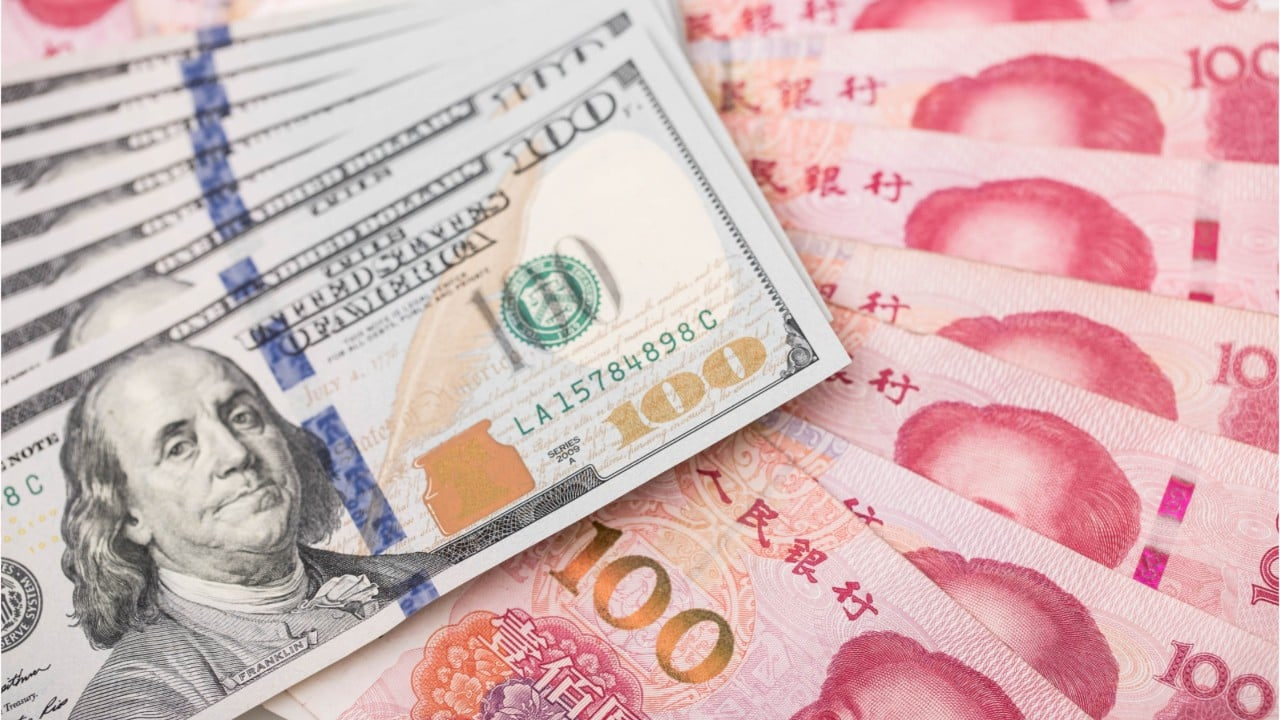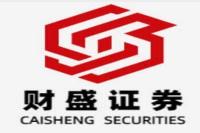Hong Kong Stock Market Plunge: Decoding the Recent Dip in Tech and Beyond
Meta Description: Hong Kong stock market crash, Hang Seng Tech Index, Nio stock, Bilibili, Oriental Selection, market analysis, investment strategies, expert insights.
Wow! Talk about a market rollercoaster! The Hong Kong stock market took a serious dive recently, leaving investors reeling. The Hang Seng Tech Index plummeted nearly 5%, while the broader Hang Seng Index wasn't far behind, dropping almost 4%. This wasn't just a minor blip; we saw some major players taking significant hits. Nio, the electric vehicle giant, experienced a jaw-dropping drop of over 9%, while popular names like Oriental Selection and Bilibili each shed over 8%. This sudden downturn raises some serious questions: what triggered this market freefall? What does this mean for investors? And what steps can we take to navigate this turbulent period? This isn't just another market report; it's a deep dive into the factors driving this volatility, offering practical advice and insightful analysis based on years of navigating the complexities of the Asian stock markets. Buckle up, because we're about to uncover the truth behind this dramatic market shift and explore actionable strategies you can utilize to protect your portfolio. This isn't just about numbers; it's about understanding the human element of investing and making smart, informed decisions. We'll explore the emotional rollercoaster investors faced and provide tangible strategies to help you weather future storms. This detailed analysis will equip you with the knowledge and confidence to navigate the ever-changing landscape of the Hong Kong stock market. Let's dive in!
Hang Seng Tech Index: A Closer Look at the Recent Decline
The sharp decline in the Hang Seng Tech Index is certainly grabbing headlines. But what's really going on? It's not just one factor; it's a perfect storm of interconnected issues. Think of it like this: a domino effect, where one event triggers a chain reaction.
First, let's acknowledge the global economic headwinds. The ongoing uncertainty surrounding interest rates, inflation, and geopolitical tensions are casting a long shadow over global markets. Investors are naturally becoming more risk-averse, leading to capital flight from sectors perceived as more volatile, like technology. This is particularly true in the context of China’s ongoing regulatory changes and economic slowdown.
Secondly, the performance of specific companies within the index deserves scrutiny. Nio's significant drop, for instance, could be attributed to a variety of factors including competition within the EV market, supply chain disruptions, and shifts in consumer sentiment. Similar sector-specific issues likely affected Bilibili and Oriental Selection, highlighting the importance of individual company analysis beyond broad market trends.
The interconnectedness of these factors is crucial. A slowdown in China's economy, for example, impacts not just Chinese tech companies but also their global counterparts, creating a ripple effect across various sectors and markets. This interdependence underscores the need for a holistic approach to market analysis, going beyond simplistic cause-and-effect relationships.
Furthermore, investor sentiment plays a crucial role. Fear and uncertainty can lead to panic selling, exacerbating market declines. News cycles, social media chatter, and expert opinions all contribute to the overall narrative, influencing investor behavior and shaping market trends. It's a complex interplay of emotions, information, and speculation.
Understanding the Volatility: Factors Contributing to the Decline
Let's break down the key contributors to this recent market downturn in a more structured way:
| Factor | Description | Impact on Market |
|--------------------------|---------------------------------------------------------------------------------------------------------------------|-----------------------------------------------------------------------------------------|
| Global Economic Uncertainty | Rising interest rates, inflation concerns, and geopolitical instability create a risk-averse investment environment. | Reduced investor confidence, capital flight from riskier assets like tech stocks. |
| China's Economic Slowdown | Slower-than-expected economic growth in China affects consumer spending and business confidence. | Decreased demand for goods and services, impacting the performance of Chinese companies. |
| Regulatory Changes in China | Ongoing regulatory changes in China create uncertainty and potential risks for tech companies operating in the country. | Increased regulatory scrutiny, impacting profitability and investor confidence. |
| Company-Specific Issues | Challenges faced by individual companies, such as competition, supply chain disruptions, or management decisions. | Stock price volatility, impacting overall market sentiment. |
| Investor Sentiment | Fear and uncertainty can lead to panic selling, exacerbating market declines. | Amplified market swings, creating a self-fulfilling prophecy. |
This table provides a clear and concise overview of the contributing factors, allowing readers to grasp the interconnectedness of these issues.
Navigating the Market Turbulence: Strategies for Investors
So, what can investors do during times like these? Don't panic! Here's a breakdown of strategies to consider:
- Diversification: Don't put all your eggs in one basket! Spread your investments across different asset classes, sectors, and geographies to mitigate risk.
- Long-Term Perspective: Market fluctuations are normal. If you're investing for the long term, short-term dips shouldn't derail your strategy.
- Risk Tolerance: Understand your own risk tolerance. Are you comfortable with volatility, or do you prefer a more conservative approach?
- Professional Advice: Consider consulting with a financial advisor who can help you develop a personalized investment strategy.
- Stay Informed: Keep yourself updated on market news and trends, but avoid emotional decision-making based on short-term fluctuations.
Remember, it’s about patience, perspective, and a well-defined strategy.
NIO Stock: A Case Study in Volatility
NIO's recent performance highlights the risks in the tech sector. Their volatility reflects not only broader market trends but also company-specific challenges. Competition is fierce in the EV market, and maintaining a competitive edge requires constant innovation and adaptation. Supply chain issues, especially given the global chip shortage, can significantly impact production and profitability. Furthermore, investor sentiment towards NIO, and the EV sector in general, is susceptible to changes in regulatory landscapes, technological breakthroughs, and economic conditions.
Frequently Asked Questions (FAQ)
Q1: Is this market downturn a sign of a larger crash?
A1: It's too early to say definitively. While the recent decline is significant, it's crucial to avoid making sweeping generalizations. A thorough analysis of underlying economic factors and market trends is necessary before drawing any conclusions about a broader market crash.
Q2: Should I sell my Hong Kong stocks now?
A2: The decision to sell depends on your individual investment goals, risk tolerance, and time horizon. Panic selling is rarely a wise strategy. Consult with a financial advisor to determine the best course of action for your specific circumstances.
Q3: What are the prospects for the Hang Seng Tech Index in the long term?
A3: The long-term outlook is uncertain. The index's future trajectory will depend on various factors, including global economic conditions, regulatory changes in China, and the performance of individual companies within the index.
Q4: How can I protect my investments from future market downturns?
A4: Diversification, a long-term investment strategy, and a clear understanding of your risk tolerance are key to mitigating risk. Regularly reviewing and adjusting your portfolio can also help.
Q5: What are some reliable sources for market information?
A5: Reputable financial news outlets, economic research firms, and financial data providers offer reliable information. However, critical thinking is crucial; always cross-check information from multiple sources.
Q6: Is now a good time to buy the dip?
A6: "Buying the dip" can be a profitable strategy, but it's risky. It requires careful analysis of the market and individual companies, along with a thorough understanding of your risk tolerance and investment goals.
Conclusion
The recent plunge in the Hong Kong stock market highlights the inherent volatility of investing. While the decline is concerning, it's essential to maintain a balanced perspective. By understanding the underlying factors driving the downturn, adopting a long-term investment strategy, and diversifying your portfolio, you can navigate market turbulence more effectively. Remember, informed decisions, based on thorough research and sound financial advice, are crucial to achieving your investment goals. Don't let short-term fluctuations dictate your long-term vision. Stay informed, stay calm, and stay invested wisely.



